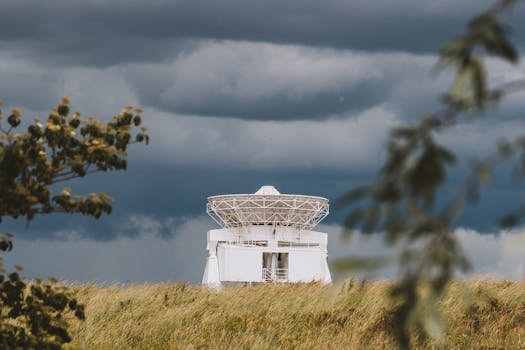GEO Satellites: Unlocking the Power of Geostationary Orbit
GEO satellites are a crucial part of modern telecommunications, providing a wide range of services including television broadcasting, telecommunications, and weather forecasting. In this article, we will explore the world of GEO satellites, their history, technology, and applications.

GEO Satellites: Unlocking the Power of Geostationary Orbit
GEO satellites, or Geostationary satellites, are a type of satellite that orbits the Earth at an altitude of approximately 36,000 kilometers, which is about 1/10th of the distance from the Earth to the Moon. The term GEO stands for Geostationary, which means that the satellite is stationary with respect to a fixed point on the Earth’s surface. This unique characteristic allows GEO satellites to provide a wide range of services, including television broadcasting, telecommunications, and weather forecasting.
History of GEO Satellites

The concept of GEO satellites was first proposed by Arthur C. Clarke, a British science fiction writer, in 1945. However, it wasn’t until the 1960s that the first GEO satellite was launched. The first commercial GEO satellite, Intelsat 1, was launched in 1965 and provided transatlantic telephone and television services. Since then, the use of GEO satellites has expanded rapidly, with thousands of satellites launched into geostationary orbit.
Technology and Applications

GEO satellites use a combination of solar panels and batteries to generate power, and they typically have a lifespan of 10 to 15 years. They are equipped with transponders, which are devices that receive and retransmit signals, allowing them to provide telecommunications services. GEO satellites are also used for television broadcasting, providing services such as direct-to-home television and satellite radio. In addition, they are used for weather forecasting, navigation, and Earth observation.
Advantages and Limitations

GEO satellites have several advantages, including their ability to provide continuous coverage of a fixed area, their high bandwidth capacity, and their ability to support a wide range of services. However, they also have some limitations, including their high launch costs, their limited maneuverability, and their vulnerability to interference and jamming. Despite these limitations, GEO satellites remain a crucial part of modern telecommunications, providing a wide range of services to millions of people around the world.
Future Developments

As technology continues to advance, we can expect to see significant developments in the field of GEO satellites. One of the most exciting areas of research is the development of new propulsion systems, which could allow GEO satellites to maneuver more easily and extend their lifespan. Additionally, there is a growing interest in using GEO satellites for new applications, such as providing internet connectivity to remote areas and supporting the development of the Internet of Things (IoT).
See more:
